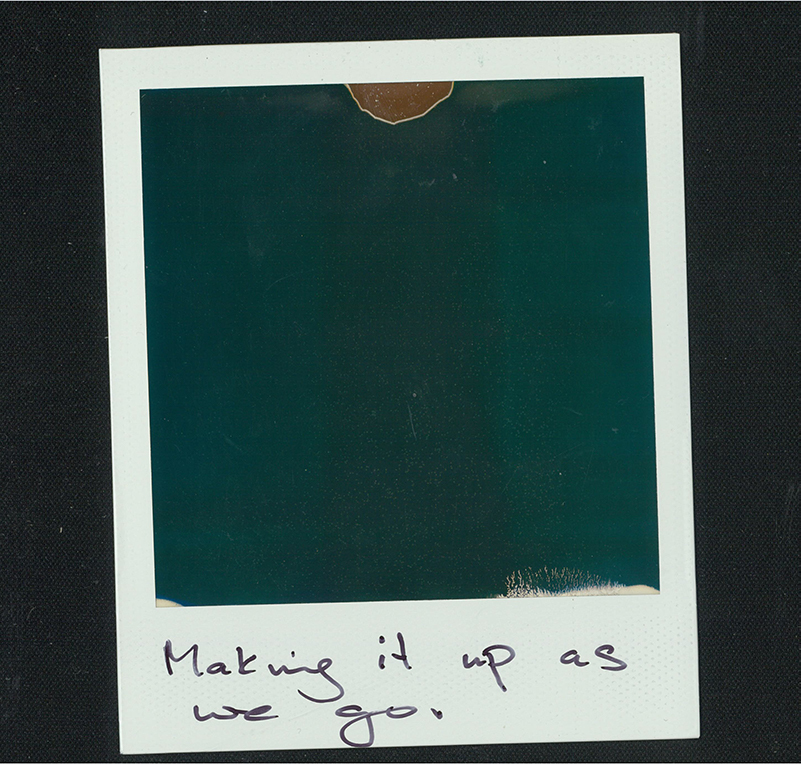Making it up as we go

I have a close personal connection to the local history museum, my grandparents – Arthur and Nell Quilford – were founding members of what has come to be known as the Wonthaggi and District Historical Society (W&DHS) in the late 1950s. Their rationale was that the history of Wonthaggi and the surrounding area was worth telling. My mother is the current President.
My research has seen me spend a lot of time there, exploring the archives and artefacts. During one of many discussions with one of the Society’s volunteers, she admitted that she had been diligently cataloguing cabinets full of unsorted documents for more than a year but that she was still making up the examination, cataloguing and indexing processes up as she went.
That notion resonates, it reflects my repeated experiences working with chaotic, unruly and overwhelming large archival collections. Ross Gibson’s response when confronted by similar scenes is telling, “Imagination is needed when one encounters evidence that is in smithereens” he writes, “I try to keep this in mind when confronted with the dishevelled scenes and archives and collections that are so representative of contemporary Australia” (Gibson, 2015b, p. 16).
The Wonthaggi archive is simultaneously ordered and disorganised. Many of its records are highly parochial and personal. Its people and their stories are fascinating and eccentric. It’s an ecosystem of memory, artefacts, personalities and documents. One that invites and encourages speculation.